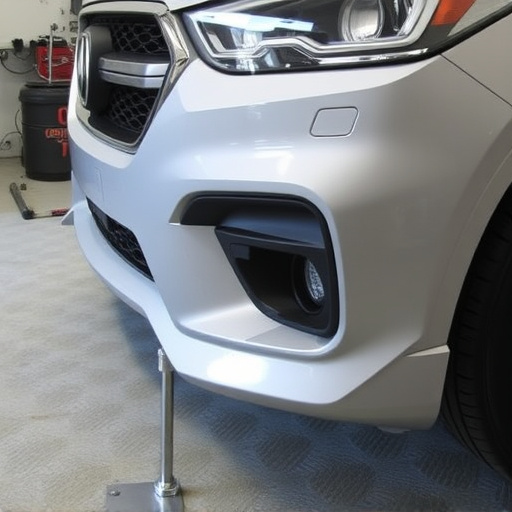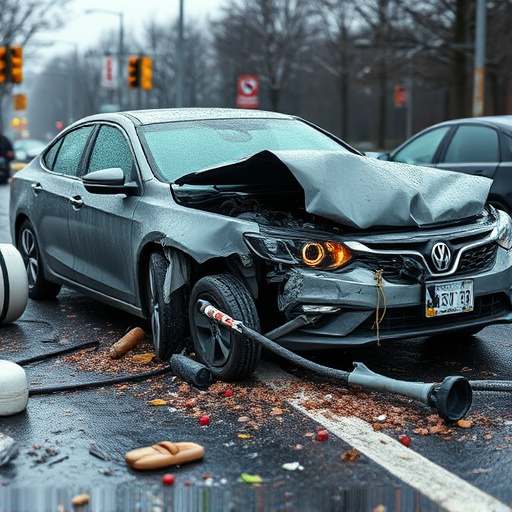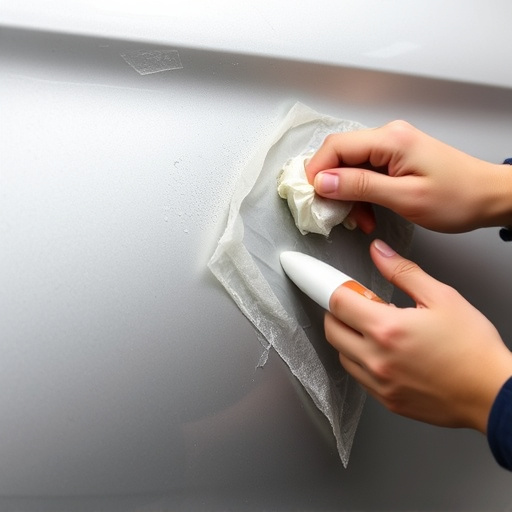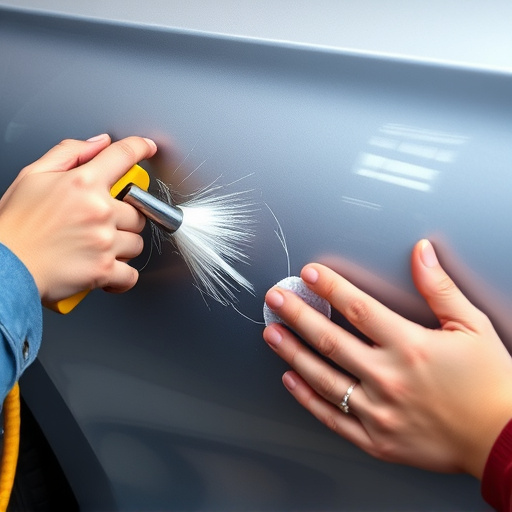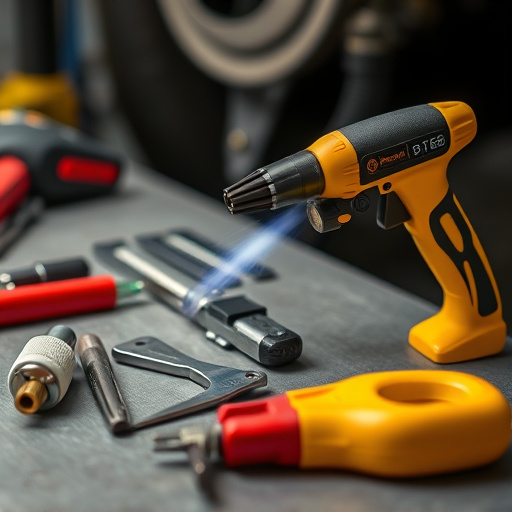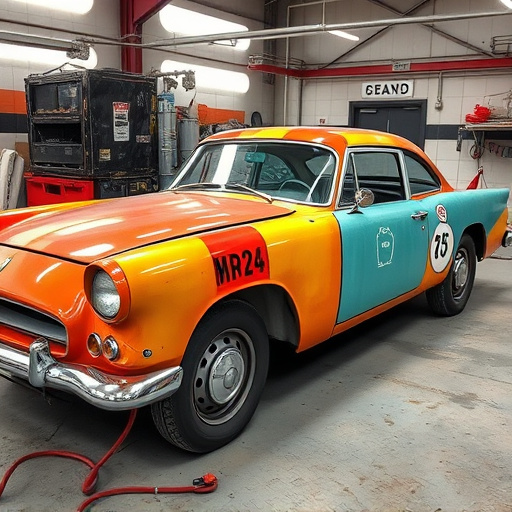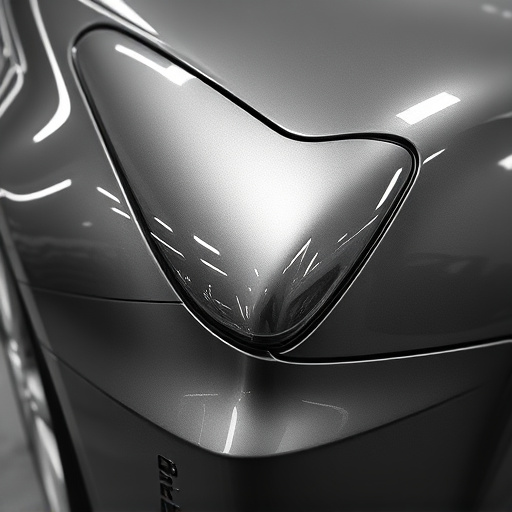Insurance-approved repairs ensure high quality, safety, and vehicle resale value by adhering to established standards set by insurance companies. Choosing the right program, selecting a specialized shop, maintaining documentation, and clear communication with insurers are key to maximizing benefits while avoiding disputes for policyholders post-accident.
“Uncover the secrets to efficiently navigating insurance-approved repair programs with our comprehensive guide. In today’s world, understanding these standards is crucial for every policyholder. We break down the process into manageable steps, helping you choose the best program tailored to your needs. From maximizing benefits to steering clear of pitfalls, this article ensures you make informed decisions regarding repairs, ultimately simplifying the claims process and saving you time and money.”
- Understanding Insurance-Approved Repair Standards
- Choosing the Right Program for Your Needs
- Maximizing Benefits and Avoiding Common Pitfalls
Understanding Insurance-Approved Repair Standards
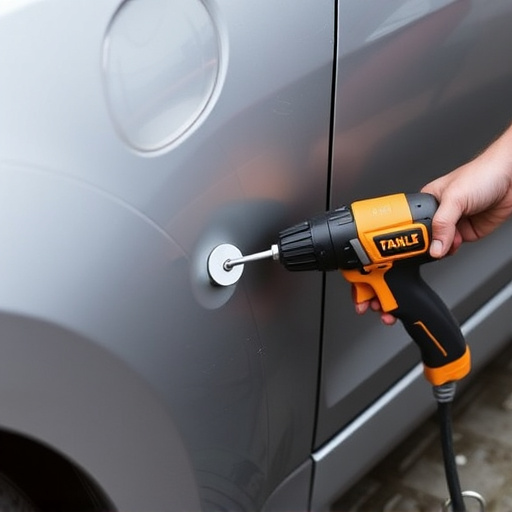
When it comes to insurance-approved repair, adhering to established standards is paramount. These guidelines ensure that repairs are performed to a high level of quality and safety, minimizing risks of further damage or structural issues. Insurance companies mandate these standards to protect both policyholders and themselves from subpar work that could lead to costly claims down the line. Understanding these protocols is crucial for anyone looking into vehicle restoration or auto maintenance services.
Knowing the difference between basic auto painting and insurance-approved repair involves a deep dive into specific procedures, materials, and techniques. Insurance-approved programs mandate the use of certified technicians who follow meticulous steps to ensure color matching, surface preparation, and final quality meet or exceed industry standards. This level of detail is essential for maintaining the vehicle’s original aesthetic and structural integrity—aspects that can significantly impact safety and resale value in the case of an accident or severe damage.
Choosing the Right Program for Your Needs
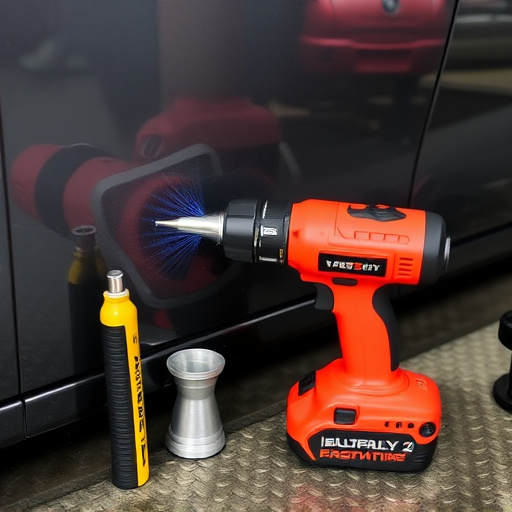
When selecting an insurance-approved repair program, it’s crucial to align your choice with your specific needs. Different programs specialize in various aspects of vehicle damage repair, from minor dents and scratches to major structural issues or even complete auto painting jobs. Understanding the scope and expertise of each program is key to ensuring you receive the best possible service for your vehicle’s unique requirements.
Consider factors like the types of repairs covered, the reputation of the participating shops, and their location convenience. For instance, if you own an antique vehicle that needs specialized restoration, a program renowned for classic car repairs would be more suitable than one focusing primarily on modern automotive collision repair or general vehicle body shop services. This tailored approach ensures your insurance-approved repair meets both your expectations and your vehicle’s specific needs.
Maximizing Benefits and Avoiding Common Pitfalls
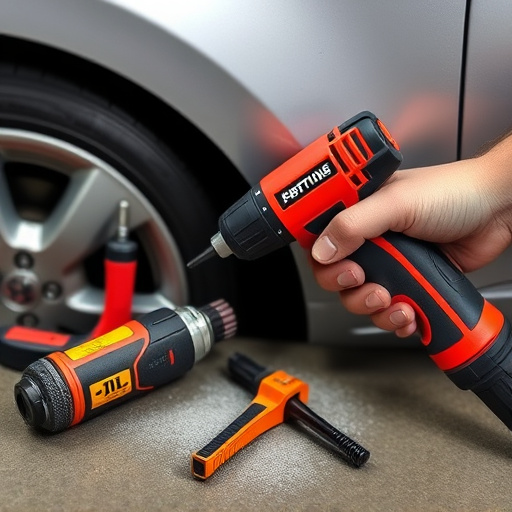
Maximizing insurance-approved repair programs can significantly benefit policyholders looking to restore their vehicles after an accident. The key lies in understanding the process thoroughly and ensuring every step aligns with your insurance provider’s guidelines. One common pitfall is settling for subpar services; it’s crucial to choose an automotive body shop renowned for its expertise, especially when dealing with delicate tasks like classic car restoration or frame straightening.
Another mistake to avoid is not documenting every detail of the repair process. Keeping a record of all work done, parts replaced, and costs involved can help prevent disputes later. Additionally, staying communicative with your insurance company throughout the process ensures you’re on the same page, maximizing the benefits available under your policy for a seamless restoration experience.
When utilizing insurance-approved repair programs, understanding the standards, selecting the right fit for your needs, and maximizing benefits are key. By avoiding common pitfalls, you can ensure a seamless and cost-effective repair process. Remember to stay informed about industry developments and adapt these advanced tips to make the most of available resources.
